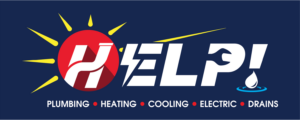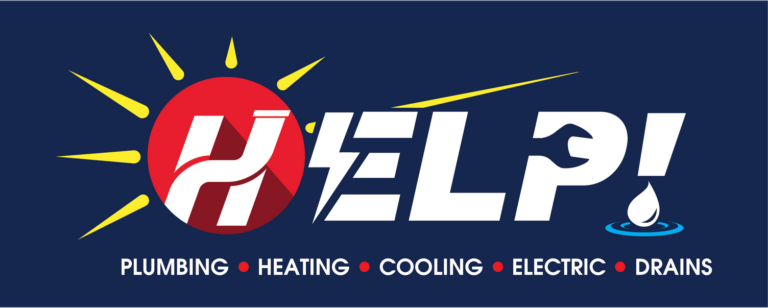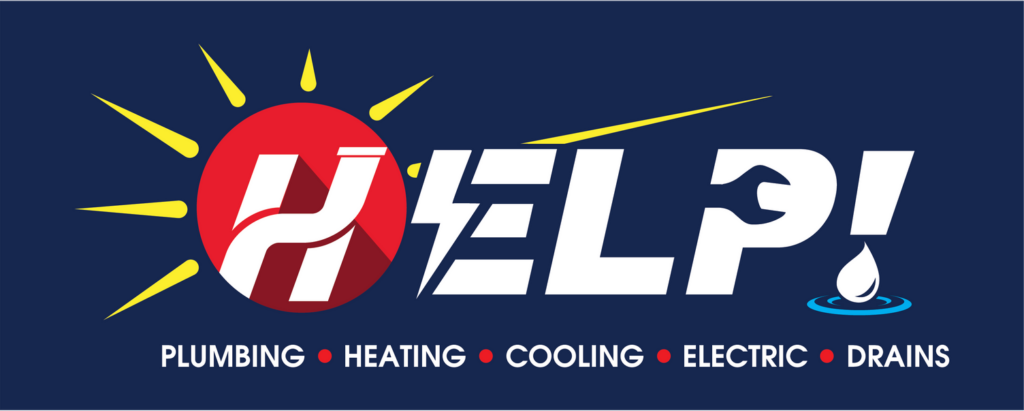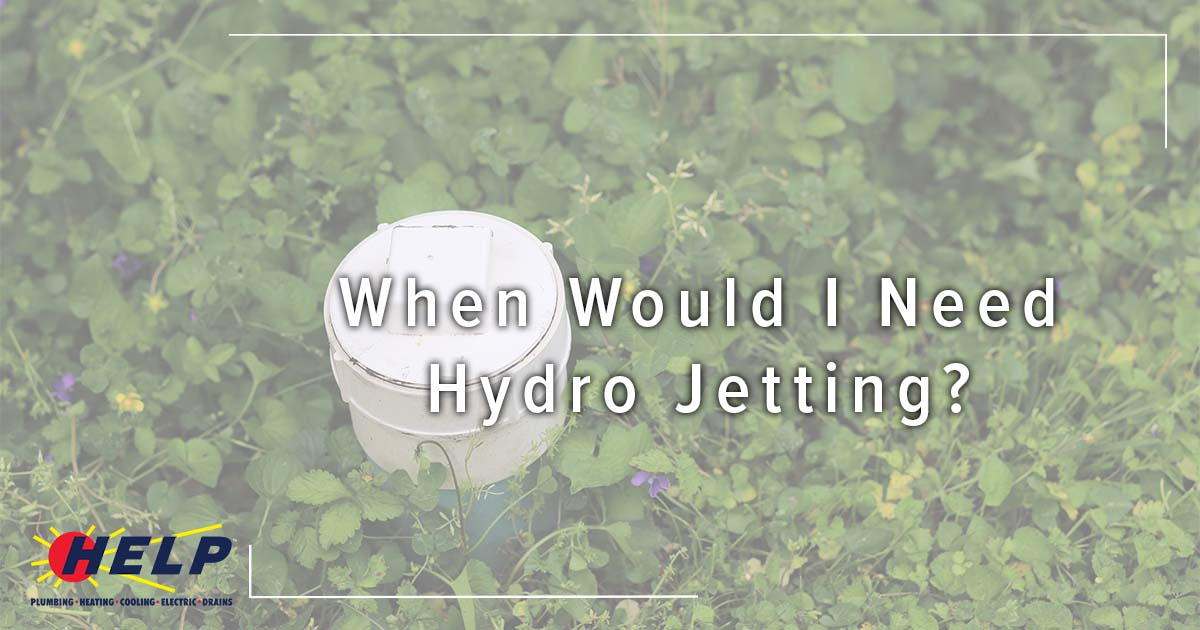
If you’re always pouring drain cleaner down your sink and struggling with clogged drains, it may be time for a professional plumber. Significant debris buildup will decrease your water pressure and stick to the walls of your pipes, which will lead to cracks or damage.
Fortunately, hydro jetting is a fast and effective way to clear your plumbing system and remove scale, grease, and clogs. Learn more about hydro jetting and how it can help your plumbing problems.
What is Hydro Jetting?
Hydro jetting is a process of clearing clogs and debris buildup on your pipe walls in your entire plumbing system using highly pressurized water. This type of comprehensive, intense cleaning prevents future clogs and backups as water clears the pipe walls to remove any kind of buildup that may slow the flow of water.
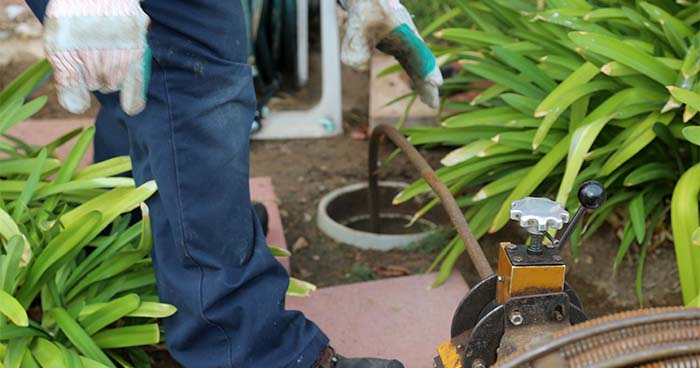
Unlike other drain cleaning methods, hydro jetting can address deep clogs or buildup all at once, saving you from major repairs on your system.
How Does Hydro Jetting Work?
With hydro jetting, your plumber will inspect your entire system and choose the best drain for this process. Then, they’ll use a hose to pump high-pressure water into the pipes, wiping out the scale buildup on the pipe walls and flushing it out of the system.
Is Hydro Jetting Different from Snaking?
Snaking a drain is an affordable and do-it-yourself solution for many homeowners to treat clogs. You can find drain snakes at local hardware stores or home improvement stores, and it’s fairly simple to do on your own. This tool has a cable that pushes and pulls, an electric motor, and blades on the end to stick into the pipes and catch the clog.
Is Hydro Jetting Safe?
Hydro jetting is safe and effective for your pipes, whether they’re older metal pipes or new PVC pipes. Since it’s only pressurized water, there’s a minimal risk of damage to the pipes with a professional plumber.
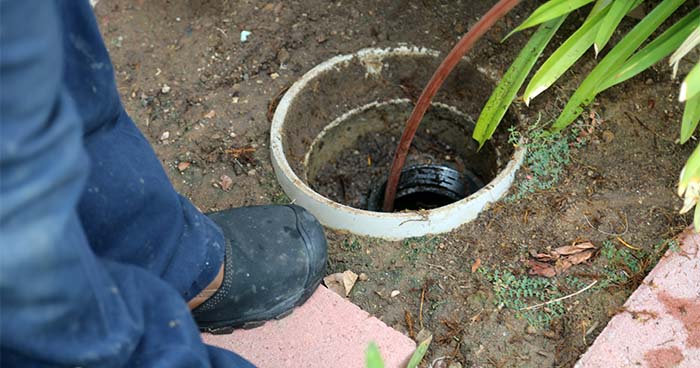
When Would I Need Hydro Jetting?
Is hydro jetting the right option for your plumbing problems? Here are some warning signs:
Frequent Backups (Even After Snaking)
If you still have frequent clogs and backups, even after snaking your drain and removing clogs, you probably have deep-set clogs or a lot of buildup on the walls of your pipes. This will only get worse if untreated, leading to a full blockage.
Sewage Smell or Backup
The smell of sewage or sewer backup is a big problem. While it can be caused by something minor like an empty P-trap – a curve of pipe with a small amount of water that prevents gasses from coming back up – it could also indicate a bigger problem.

Sewer gasses are a human health hazard, so you never want them flowing back into your home. You can tell if you have sewer backup from the odor, but you may also see signs like water spots, damp areas of your basement, or wetness under the sink. If you notice any of these signs, contact a plumber and consider hydro jetting.
Slow Drains
A slow drain is an annoying problem, but one that many homeowners ignore until it becomes severe. Drain cleaners can give you temporary relief, but they’re corrosive and may cause damage to your pipes over time. This is especially true if you use them often.
Fixtures Backing Up into Other Drains
If you have a blocked sewer line or a clog in the shared drainpipe between the shower and toilet, you may see water backing up into the bathtub or shower each time you flush the toilet.
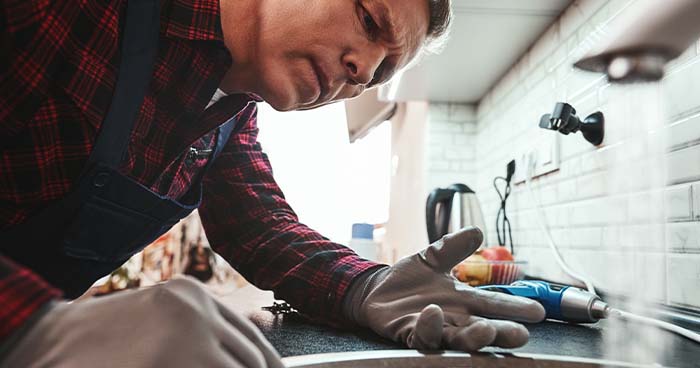
The first step should be plunging the toilet to remove the clog. If that doesn’t work, hydro jetting can flush out the deep clogs in the sewer line or remove a blockage in the shared drainpipe. It’ll also clear the buildup that can lead to a slow drain or clog in the future.
Are you struggling with plumbing problems and clogs? Contact the pros at HELP Plumbing to help!
